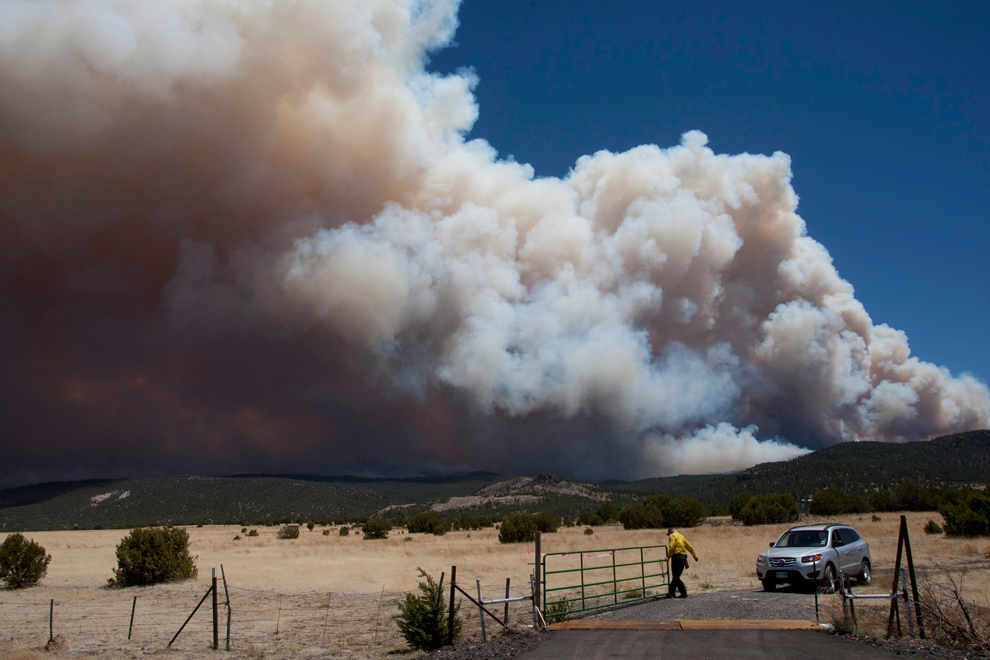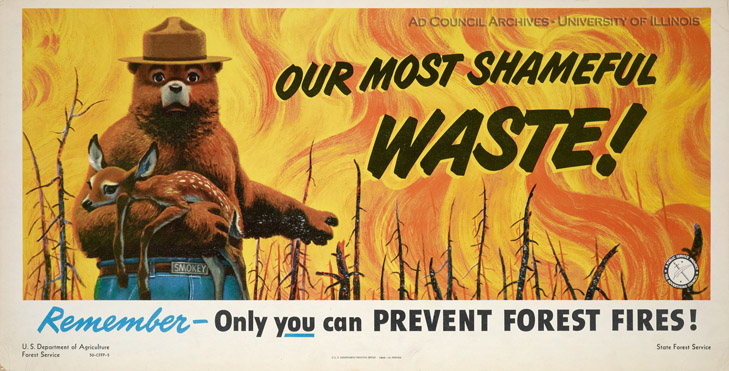In 2004, the Apache-Sitgreaves National Forests embarked on a first-of-its-kind venture, developing the White Mountain Stewardship Project (the “Project”), a ten-year contract to thin 150,000 acres of forest, removing primarily small-diameter ponderosa pine trees that clogged the forest due to past mismanagement. The contract was awarded to Future Forests, LLC, a partnership between WB Contracting and Forest Energy Corporation. The goal of the Project was twofold: to improve forest health through thinning on a large scale and to stimulate local economic development.
A study conducted in 2009, five years into the project, found that the potential for active and passive crown fires, the most destructive and fastest spreading type, was reduced in areas that had been treated. Additionally, in the first five years of the Project approximately $13 million was spent in local communities and each year an average of 319 jobs were created and $600,000 was generated in tax revenue from forest products. A separate study completed by The Nature Conservancy found that in thinned forests, runoff increased between 20-26% over a fifteen-year treatment period compared to non-thinned forests, providing “significant benefits for headwater streams and aquifers.”
A variety of businesses were started in correlation with the Project, including the establishment of a high production small log saw mill in Eagar, Arizona by Vaagen Bros Lumber, Inc.
While the Project was deemed a success for improving forest health in the area and stimulating the local economy, not all the acres intended to be treated were thinned and the forest products industry has struggled since the conclusion of the contract in 2014.
The Project was replaced by Four Forests Restoration Initiative (4FRI), which began in 2009 and continues the work of the original stewardship project, expanding the scope of the forests to include the Kaibab, Coconino, and Tonto forests, as well as the Apache-Sitgreaves. Pioneer Associates received the original contract to thin 300,000 acres in ten years, but only succeeded in thinning 650 acres before losing the 4FRI contract to Good Earth Power in 2013. Originally, 4FRI aimed to thin 50,000 acres per year for twenty years. By July 2014, five years into the project, 4FRI had only thinned 1,772 acres. Issues with completion orders, delays in National Environmental Policy Act (NEPA) ready acres, and fires that destroyed acres slated for thinning have continued to delay 4FRI and damage Arizona’s forests.
With thinning woefully behind schedule, the forest products industry that relied on Forest Service logs has begun to crumble. The Vaagen mill in Eagar, Arizona closed in October of 2014, moving to Snowflake, Arizona to support Novo Power, a renewable energy company that uses wood waste to run a 27 megawatt biomass power plant that sells energy to both APS and SRP. Novo Power President Brad Worsley told the Arizona Republic that if he had to rely solely on Forest Service logs, he would go out of business. While turning to thinning operations on private lands provides trees for some forest products businesses, the original purpose of the project, thinning 4FRI acres, has not been completed.
B3 Strategies is proud to work with Vaagen Bros. Lumber and The Nature Conservancy Arizona Chapter, both of which have been strong proponents of forest thinning projects and critical to efforts so far. Unfortunately, until a company can maintain the 50,000 acre per year schedule originally intended for 4FRI’s thinning project, Arizona will not be able to reap the full breadth of the economic and environmental benefits a forest products industry based off of healthy forests could provide.

